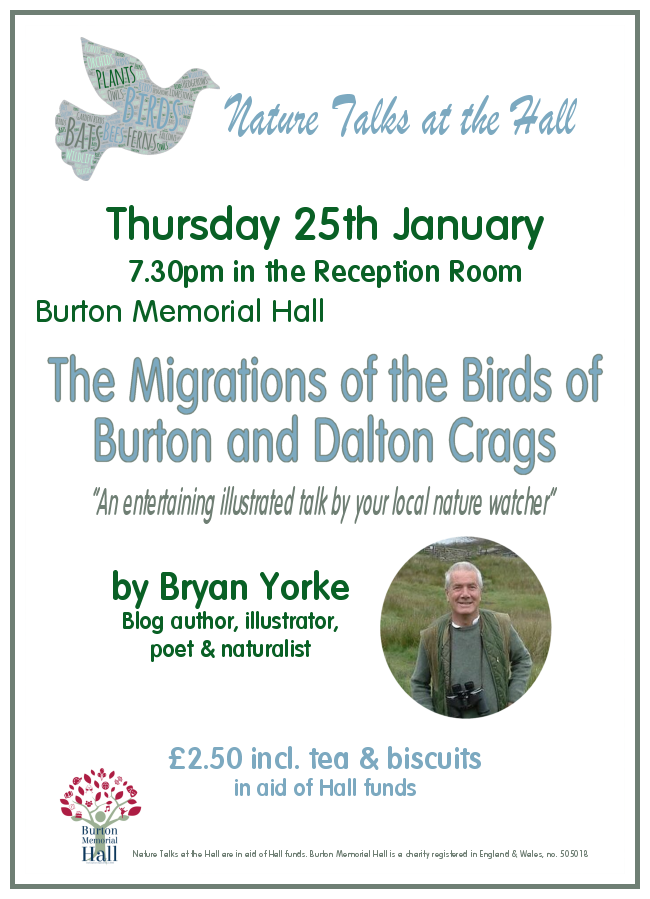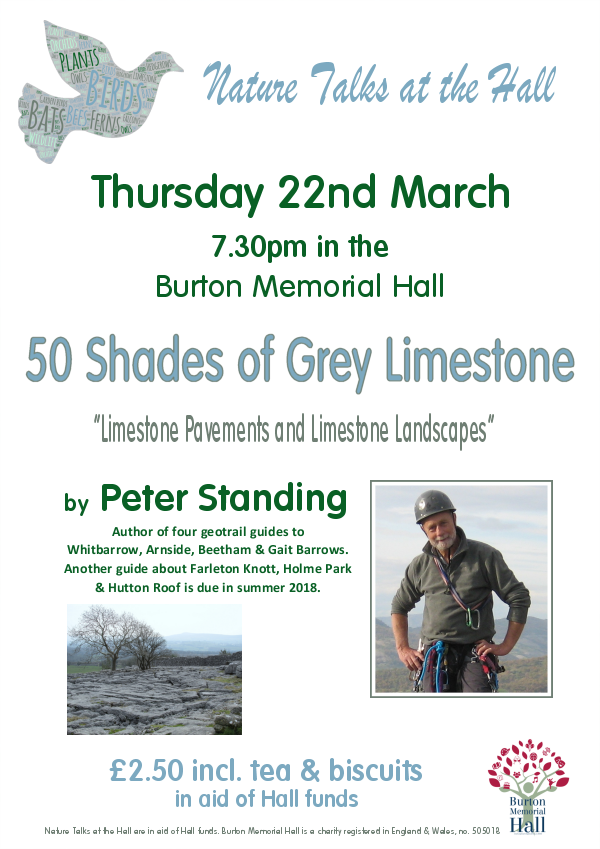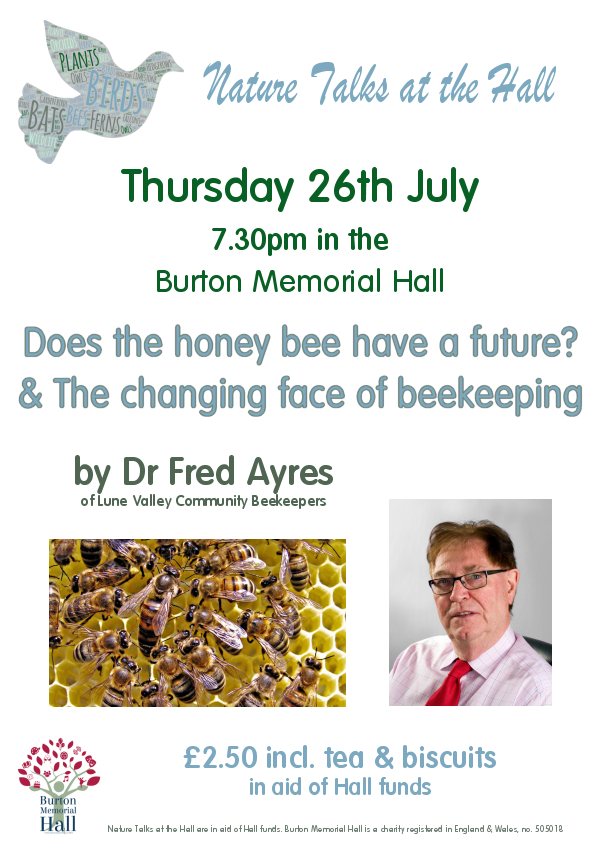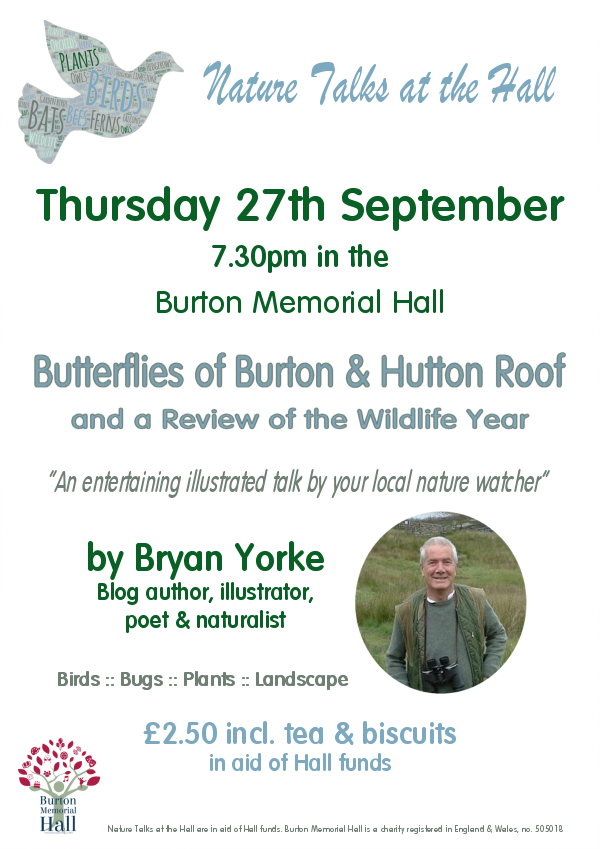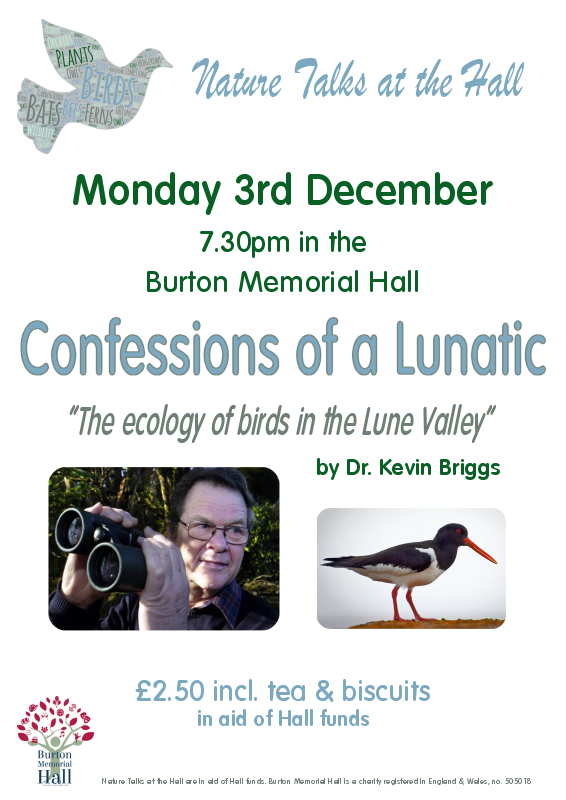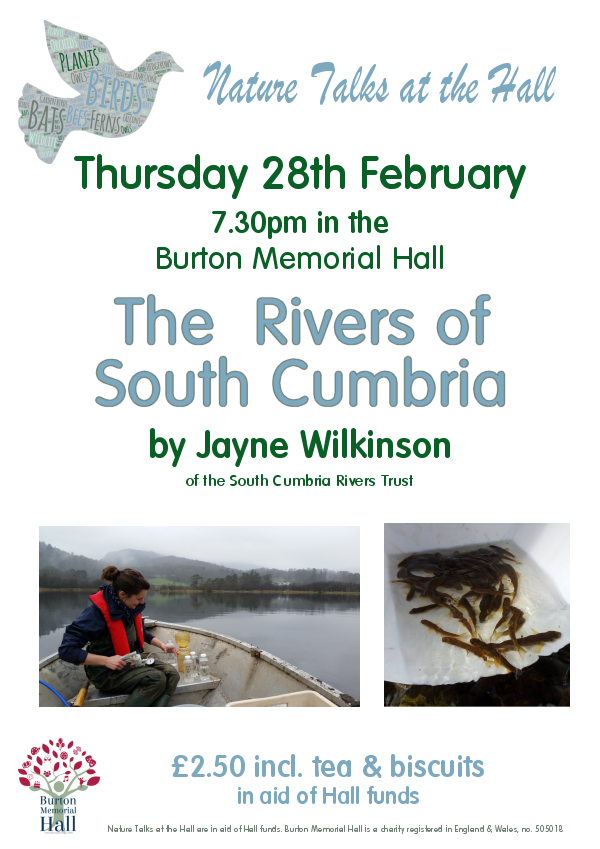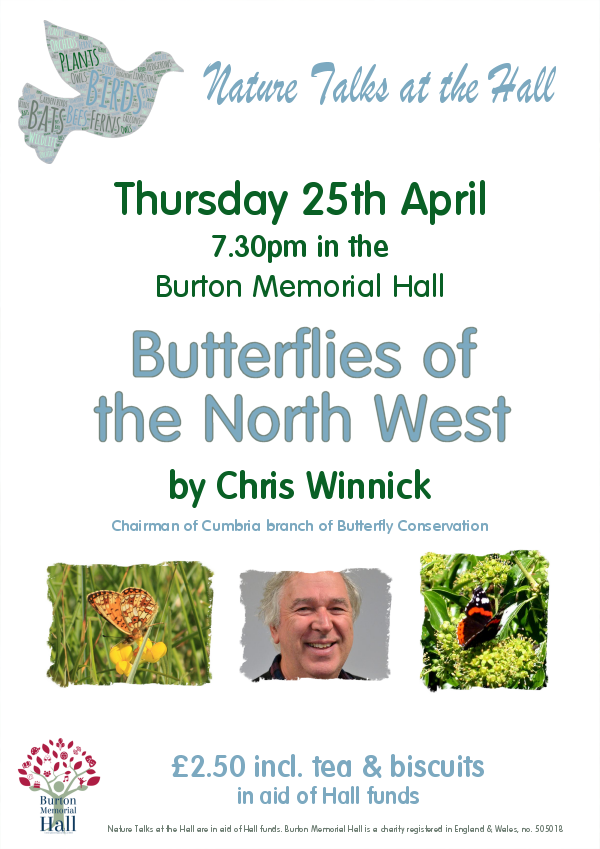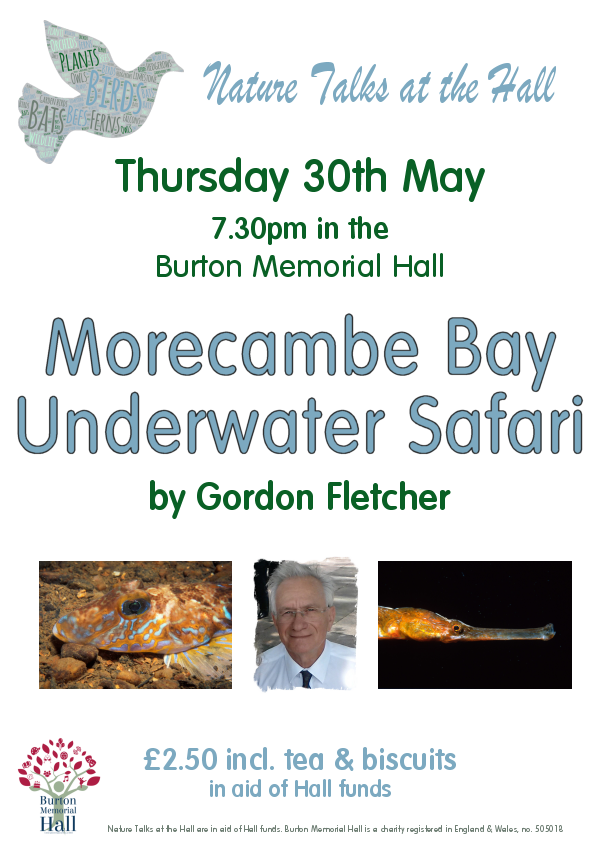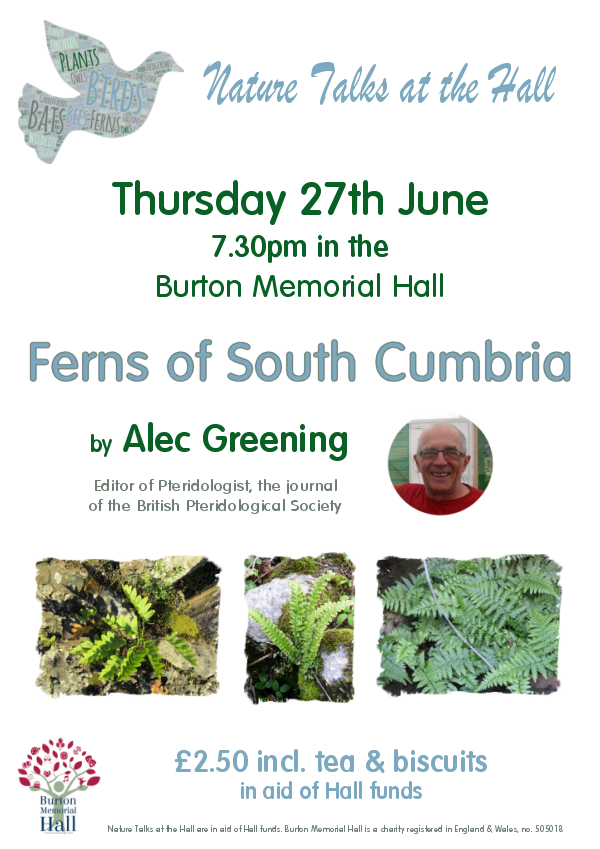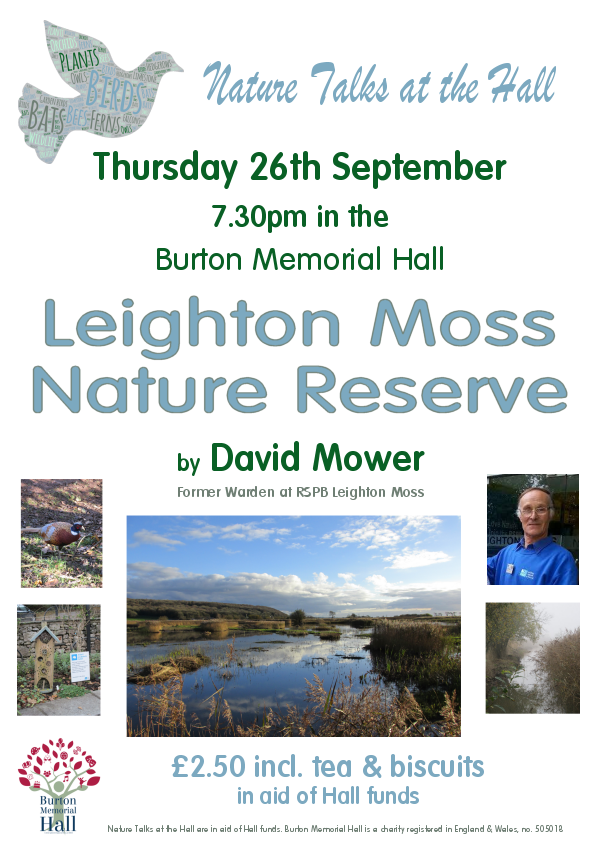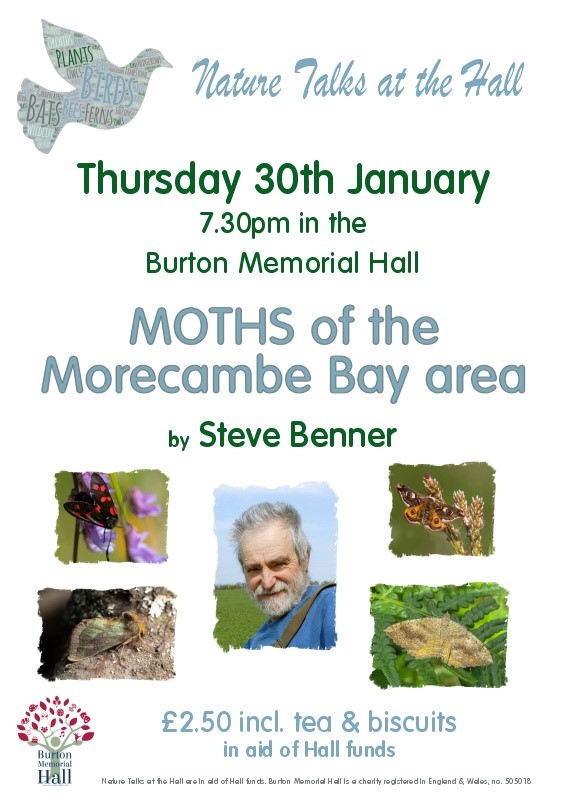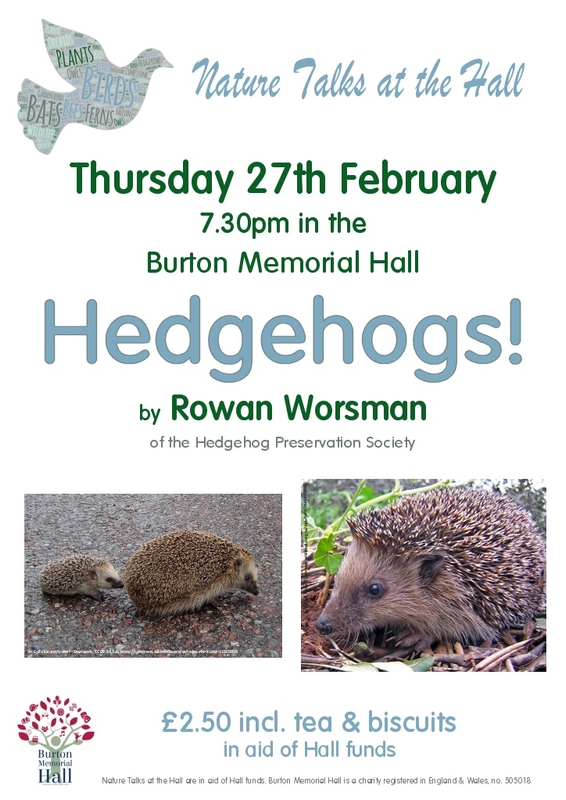.JPG)
.JPG)
Starting off from the AONB office at Arnside Railway Station, I was in the good company of Tony Riden (Countryside Officer for the AONB) and under his guidance we toured several of the Arnside premier nature reserve localities..
First it was "Ashmeadow", which was a idyllic spot tucked away right at the bottom of the Arnside promenade, nearby the Nursing Home. Here we had a short walk before coming upon a rough pasture area where there were already Common Spotted Orchids coming through, and a lonely "worn" specimen of the Northern Marsh Orchid. I was shown a old stone water trough which I believe does have some "smooth newts". Soon we were passing through another stile and here was a regular spot for "Toothwort" a semi-rare parasitic plant found in these parts.
.JPG)
We passed a lovely old Beech tree, which I was told to be probably the third oldest tree in Arnside and possibly dating to some 300 years..
Next on the agenda was a visit to Red Hills Wood, a mixed decideous woodland, where we did a short climb to a elevated position and here we found some rare orchids. Also Wild/Barren Strawberry fruits where everywhere.... A couple of Large Skipper Butterflies where constantly fluttering about....
We left Red Hills and headed back down to the Sandside direction and had a look on the spare ground which is almost opposite the "Shoreline Business Park" building. Here we found many flowers including rare orchids, together with several Common Spotted Orchids and one Northern Marsh Orchid.
We checked out another couple of spots nearby which had Twayblades at 75% growth, and possible Heleborines in early stages of growth....
The Jewel(s) in the Crown for today, came in Tony's suggestion to visit the site Coldwell Parrock, which is owned by the AONB Landscape Trust, which is next to Gait Barrows in the middle of Arnside and Silverdale AONB.
Already this year the site has produced some excellent growth of "primula" (both Cowslip and primrose) which could well be attracting the Duke of Burgundy Butterfly, though as yet not confirmed, but it is a possibility for the future especially with its close proximity to the nearby populations at Gait Barrows. Also the site has already this year, had superb growths of Herb Paris (can still be seen, but now past its best), also Early Purple Orchids have gradually increased in recent years, with the help of conservation grazing, with a count of 94 flowering spikes counted in 2008, 112 last year and with over 150 counted this year.
.JPG)
But today our main expectation was to hopefully see the Northern Marsh Orchid, and we were not to be dissapointed. It was expected we would see maybe up to half a dozen, but we had such a suprise and what a privilige to witness what may have been up to two hundred stunning "magenta" Marsh Orchid flower heads. The largest proportion where to the West side of the reserve and at the time we were there (1400hrs approx), the majority group were being shaded by a large decideous tree. At one point they where so close to one another you had to be so careful where you stood. Also there where many Common Spotted Orchids amongst them. A small proportion of these we suspected could well be a hybrid of the Common Spotted species, in that they showed three quarters of their lancelate spike to be pinkish/magenta continuing to a white head tip which was about a third in length of the full spike.. It will be interesting to see how they turn out over the coming days.
Thanks Tony for a great morning...
.JPG) (And here is a photo of a good mixture of both Common Spotted and Northern Marsh Orchids.)(Please click over photos "once" and then click again for full enlargement"..)
(And here is a photo of a good mixture of both Common Spotted and Northern Marsh Orchids.)(Please click over photos "once" and then click again for full enlargement"..)

.jpg)
.jpg)




.jpg)




+(Small).jpg)
.JPG)


